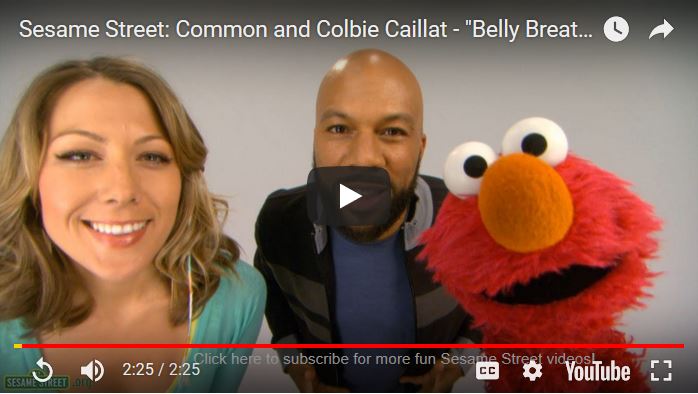Our corner of the world has felt a bit crazy in recent days. International attention focused on this area when a stolen airplane flew over the lake behind us and crashed on an island eight miles away. We heard the fighter jets scream overhead as they scrambled to intercept the aircraft. And smoke from Canadian and western state wildfires hangs in the sky, bringing increased anxiety and stressed lungs as well as blood orange sunsets.
Work and house projects and personal commitments are also worrying: When will I have front doors that actually open for the new office space-formerly-known-as-boathouse? Will the 170 hand-poured lip balms for a friend’s wedding on Saturday be enough or do I need to make a sign that says “only take one, people!”? What do you mean our soon-to-arrive exchange student isn’t enrolled yet at the high school?
Perhaps my biggest stressor of all: I watched helplessly as my cell phone screen inexplicably faded to black for what was to be the last time. [Cue silent scream as that reality kicked in.] As I panicked trying to remember if I had backed up my pictures and contacts (oh no – my calendar!), I think I actually stopped breathing. Not like “I’m going to pass out!” not breathing. But definitely “My body is flooding with adrenaline!” not breathing.
Breathe. One of the first things you learn in meditation or yoga (or even a wilderness survival class) is to focus on your breathing. First responders and military personnel also use combat or tactical breathing in high-stress, high-risk situations. Conscious breathing has become so well-recognized as a legitimate wellness technique that it’s even been taught on Sesame Street! (That’s not exactly a true statement; Sesame Street is usually on the cutting edge, paving the way for new cultural awareness.)

In ancient yogic traditions, “pranayama” (from Sanskrit: “prana” meaning “breath, or life force” and “ayama” meaning “to extend or lengthen”) has been practiced for thousands of years. It both assists the body in performing yoga poses and relaxes the mind. Conscious breathing also counteracts the “fight or flight” response, tells your body that you are OK, and keeps you in the “higher thinking” part of your brain where you can actively choose instead of blindly react. It reduces anxiety, stress, and even panic attacks.
My personal go-to breathing techniques are belly breathing (like Elmo!) and a version of the tactical breathing. I like to use belly breathing when I’m already conscious of my breathing like during tai chi, meditation, or preparing to go to sleep. In acute situations (like saying goodbye to my phone of 4 1/2 years), I prefer the 4-4-4 or 4-7-8 method.
Belly Breathing. If you’re unfamiliar with belly breathing, the video above offers a fun, accurate description. When you’re learning how to belly breathe, it’s helpful to actually place your hands on your belly as you breathe in to ensure that your breaths are reaching deep enough to inflate your abdomen. It’s also helpful to imagine your breaths originating below your navel (or your dan tien for those familiar with tai chi, qi gong, or Traditional Chinese Medicine). It takes more time to completely fill your lungs and expel all the air in them, so belly breathing quickly stops rapid, shallow breathing that can occur under stress.
4-4-4 Method. In this tactical breathing technique, you visualize each number when you count.
- Breathe in, counting 1-2-3-4.
- Pause and hold your breath, counting 1-2-3-4.
- Exhale, counting 1-2-3-4.
Repeat 2-4 times for a total of 3-5 breaths.
4-7-8 Method. Dr. Andrew Weil, a pioneer in integrative medicine, advocates the 4-7-8 method where exhaling takes twice as long as inhaling. You inhale quietly through your nose and exhale audibly through your mouth. Keep the tip of your tongue on the tissue just behind your upper front teeth. Note that the absolute time you spend on each phase is not important but the ratio of 4-7-8 is. From his website:
- Exhale completely through your mouth, making a whoosh sound.
- Close your mouth and inhale quietly through your nose to a mental count of four.
- Hold your breath for a count of seven.
- Exhale completely through your mouth, making a whoosh sound to a count of eight.
- This is one breath. Now inhale again and repeat the cycle three more times for a total of four breaths.
I find it easier to begin with the 4-4-4 method and then move to the longer exhalations of the 4-7-8 method. Whether your exhalations are twice as long or not, the most important part is that you are switching out of fight-or-flight mode and the attendant flooding of stress hormones into your body. So many people walk around in perpetual stress mode that conscious breathing can be a practice used throughout the day, whether you are in actual crisis or not.
Just remember to buh-buh-breathe, belly belly breathe….
